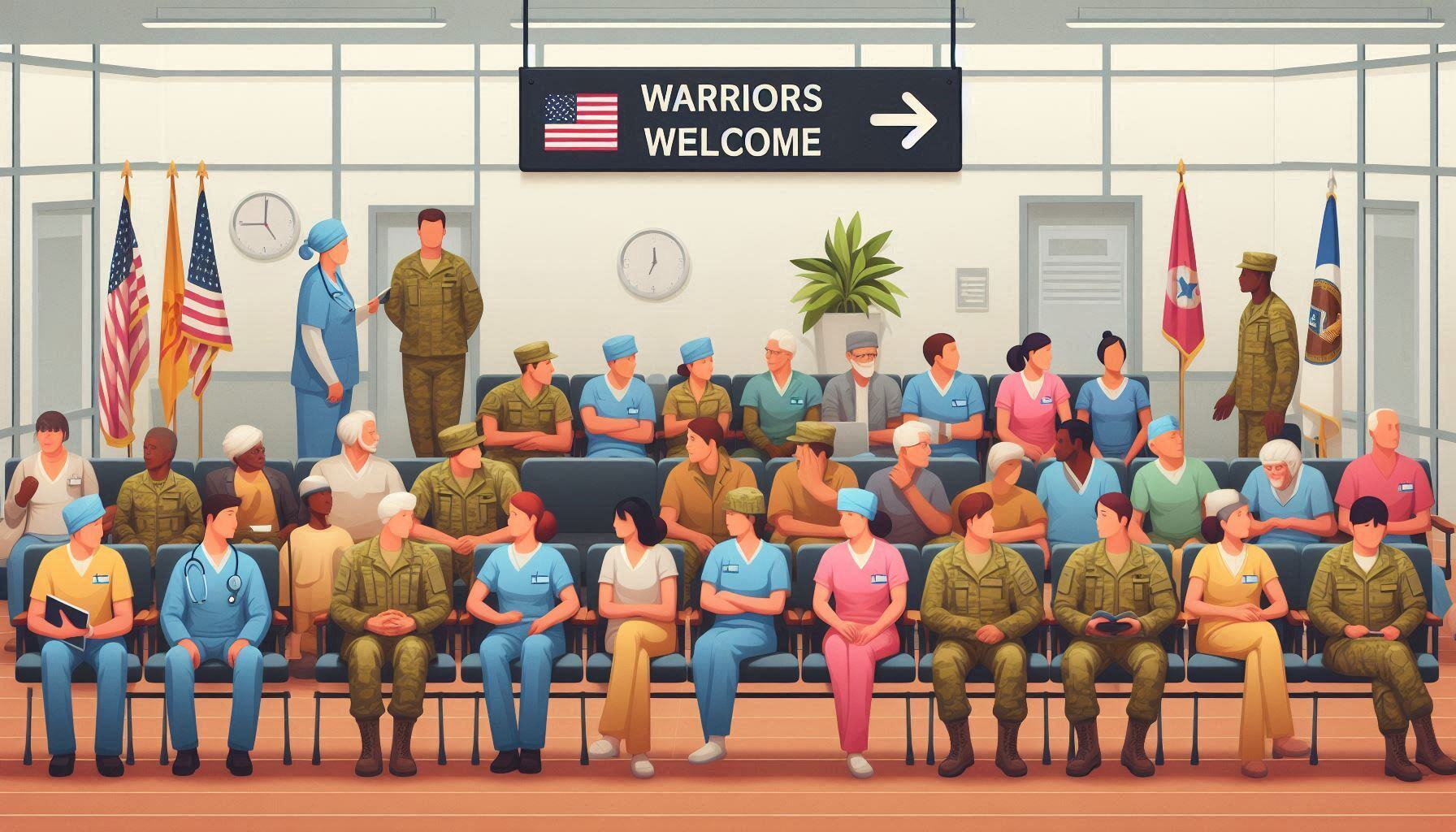The business case for serving military populations in civilian healthcare settings has never been stronger. As a healthcare professional who has spent decades studying healthcare transformation and population health, I'm increasingly convinced that civilian hospitals are missing a crucial opportunity by not developing dedicated military population health practices.
Let me be clear: this isn't just about market opportunity—though that's compelling enough. It's about reimagining how we deliver specialized care to a growing population with unique needs, while building sustainable business models that benefit both healthcare systems and the communities they serve.
The Market Reality: More Than Numbers
With approximately 18 million veterans in the United States, we're looking at a significant population that continues to grow as service members transition to civilian life. That population grows much larger when you consider the tens of millions of National Guard members, reservists, and family members who get their care in healthcare facilities outside the military or VA. But here's what makes this opportunity particularly interesting from a health economics perspective: this isn't just about volume—it's about addressing unmet needs in a population that requires specialized care delivery models.
Think about how women's population health practices transformed healthcare delivery in the 1990s and 2000s. By recognizing and addressing the specific needs of women, these practices didn't just create successful business models; they fundamentally improved care delivery and health outcomes. The parallel with military population health is striking and instructive.
Let's talk dollars and sense.
Healthcare systems are continuously searching for sustainable growth opportunities in an increasingly competitive market. Military population health practices offer several compelling economic advantages:
Dedicated Funding Streams: The U.S. Department of Veterans Affairs offers grants and funding opportunities for practices serving veterans, creating additional revenue streams beyond traditional reimbursement models.Risk Mitigation: By focusing on a population with well-documented health needs and established payment mechanisms, healthcare systems can better predict and manage financial risks.
Market Differentiation: In crowded healthcare markets, specialization creates competitive advantages. Military population health practices offer a clear differentiator that few civilian hospitals have fully embraced.
Beyond the Bottom Line: Building Comprehensive Care Models
What makes military population health practices particularly interesting from a healthcare transformation perspective is the opportunity to develop integrated care models that address complex health needs. Veterans often present with interconnected health challenges – from chronic pain and musculoskeletal injuries to PTSD and traumatic brain injuries.
Here's an instance when complexity presents an opportunity. By developing expertise in treating these conditions, civilian hospitals can:
- Build centers of excellence that attract patients beyond the veteran population
- Develop more sophisticated approaches to complex care management
- Create more effective chronic care models that benefit all patients
The Consumer Health Model
As someone who has long advocated for patient-centered care and consumer health engagement, I see military population health practices as a perfect laboratory for developing more responsive, patient-centered care models. Veterans are often highly engaged healthcare consumers who understand their needs and actively seek appropriate care options.
This population's unique characteristics can help drive innovations in:
- Patient engagement strategies
- Care coordination models
- Digital health integration
- Mental health service delivery
- Family-centered care approaches
Community Impact and Social Responsibility
In today's healthcare marketplace, community impact and social responsibility aren't just nice-to-have attributes – they're essential elements of sustainable business models. A military population health practice offers a healthcare system an opportunity to demonstrate meaningful commitment to its communities while building valuable service lines.
The goodwill generated through these programs can:
- Enhance brand reputation
- Drive patient loyalty
- Generate positive word-of-mouth referrals
- Strengthen community partnerships
- Create opportunities for public-private collaboration
Implementation Considerations
For healthcare systems considering this opportunity, several key factors should guide implementation:
Start with Assessment: Understand your local veteran population's size, demographics, and specific health needs.
Build Expertise: Invest in training staff in military cultural competency and specific clinical areas most relevant to veteran care.
Develop Partnerships: Create strong relationships with local VA facilities, veteran service organizations, and community groups.
Design Integrated Services: Focus on creating comprehensive care models that address both physical and mental health needs.
Leverage Technology: Implement digital health solutions that can enhance access and engagement.
The Path Forward
As we look to the future of healthcare delivery, specialized population health practices will become increasingly important. Military population health practices represent a unique opportunity to combine social responsibility with sustainable business models while driving healthcare innovation.
For civilian hospitals, the question shouldn't be whether to develop these practices, but how quickly they can implement them effectively. The market opportunity is clear, the need is significant, and the potential for positive impact – both on business outcomes and community health – is substantial.
In my decades of studying healthcare transformation, I've seen few opportunities that combine market potential, social impact, and innovation potential as effectively as military population health practices. The time for civilian hospitals to act is now.


